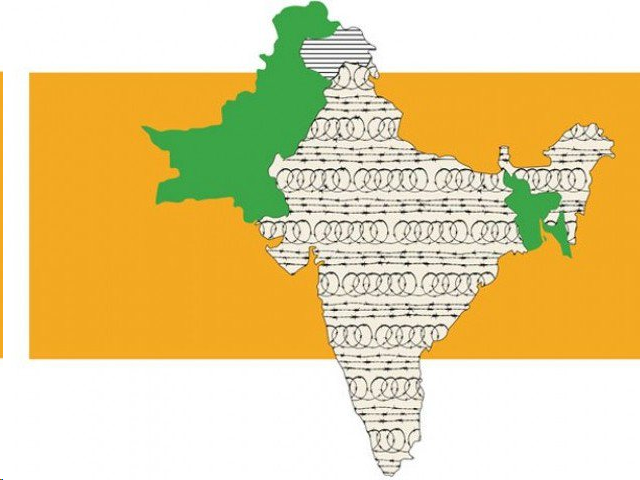
Located just a few miles from Jessore, this small hamlet sheltered by huge mango and Ashoka trees is known by the name of Jham Jham Pur. Dotted with both concrete structures and mud houses, with courtyards lined with sweet-smelling henna shrubs and guava trees, it is an isle of non-Bengalis surrounded by an ocean of Bengalis.
For a long time, Jham Jham Pur was a happy settlement – a neighbourhood of peace and prosperity. That was until the spring of 1971, when everything changed. As communal tensions gathered fever pitch, the 6,000 to 7,000 people living in beleaguered Jham Jham Pur began living with palpable fear. As if clouds of the tragedy were brewing over their houses.
The residents of Jham Jham Pur and the rest of East Pakistan’s non-Bengali populace – called ‘Bihari’ even though they had migrated from all over India – found some reassurance on March 26, when then governor of the country’s eastern wing Gen Tikka Khan banned all political activities and then president Yahya Khan addressed the nation. Even so, the rumours of an imminent attack disrupted routine life and contributed to a growing sense of danger among the colony’s inhabitants.
From early March, when communal tensions began, young male residents had started patrolling access points to Jham Jham Pur. Although motivated to fight to protect both their families and for their country, they had hoped that government anti-revolt measures would prevent any assault on their neighbourhood.
On the last of March, their worst nightmare came true.
“It was 7:30 am. I was leaving my home when my neighbour came running to warn me,” recounted Muhammad Siddique, who once lived in Jham Jham Pur. “Thousands of armed Bengalis, including rebel soldiers of the East Pakistan Rifles and Mukti Bahini rebels, were moving towards our settlement,” he said. “I ran into my house. I told my wife, Zarina Khatoon, that I had to go with the other men to protect the colony. I asked her to hide in a nearby house as I left.”
Fall of Dhaka: The genocide debate that wasn’t
“We were around 2,500 – with both young boys and old men. Most of us were armed with nothing more than swords, knives, staffs, and rods,” narrated Siddique. “Our attackers were more than thrice our number – 15,000 at least – armed with firearms, including rifles and automatic sten guns and Tommy guns. Their onslaught was unstoppable.”
One by one, the defenders of Jham Jham Pur started falling. As they made their way through, the attackers began massacring the colony’s residents and looting their belongings.
“I retreated to the colony’s graveyard and then jumped into the rivulet that flowed close to our neighbourhood. I later ran to Jessore to protect my life,” Siddique said. His wife Zarina Khatoon narrated the rest of the story.
“The Mukti Bahini hooligans plundered and pillaged our houses, killing men, women, and children at random. When they entered the house we were hiding at, they demanded money and jewelry at gunpoint,” she recalled.
Once they had taken over Jham Jham Pur, the band of attackers rounded up the residents whose lives they had somehow spared at a single spot. “Most colony residents were affluent and had their own cars, buses, and trucks. The killers, rejoicing at their success and our suffering, crammed us into them to move us to an unknown destination,” Zarina added.
Muhammad Aseeruddin was another Jham Jham Pur resident who survived this little known massacre of ‘Biharis’ on March 31, 1971. He too escaped death by jumping into a rivulet and running to Jessore, where a Bengali friend gave him refuge.
“I begged my friend to take me back to the colony the next morning where I had left my wife. It was risky but he relented. As we entered the colony strewn with corpses of men, women, and children on April 1, I grew frantic,” he said.
“I entered my house but found no one. I then started going from house to house across the neighbourhood, but found only the dead. The town mosque had the largest number of corpses,” he recounted. “Then, in one house, among a dozen dead bodies, I found two children, unconscious but still alive. I took them with me and went back to Jessore.”
Fall of Dhaka: can we learn from history?
Another survivor, Mustafa, narrated what happened to the people – mostly women and children – who were taken prisoner by the Mukti Bahini. "The trucks and buses carrying the prisoners were first brought to Hamidpur, a small town near Jessore, where they were given gur (jaggery) and morri (rice flakes) to eat."
The Jham Jham Pur massacre survivors were then brought to Narail Jail. “This was our first destination. Apart from the women and children of Jham Jham Pur, some non-Bengali soldiers of the EPR and other forces personnel were also incarcerated in that prison," he recalled.
Sohaila Khatoon, Muhammad Aseeruddin's wife, was among the few fortunate women of Jham Jham Pur who were reunited with surviving members of their families after the Pakistan Army reclaimed the revolt-ridden areas in mid-April. Tears rolled down her eyes when she recalled what happened to the prisoners at Narail Jail.
"The Mukti Bahini men picked up the young and beautiful women among the prisoners and stripped them in front of their close relatives. There were probably around 100 such girls and newly married women who were continually disgraced and raped during four days they were kept at the prison."
According to Sohaila, Mukti Bahini started moving the prisoners on the fifth night. They once again crammed them into vehicles and brought them to a riverbank, where launches were waiting for them.
"We were being moved to an unknown destination. The launches were stopped at a ghat in the morning and we were given 'gur and murri' as breakfast. Throughout the journey, our captors kept raping, groping and molesting the women."
Sohaila said some of these women jumped into the water to put an end to their life, but the men who stood guard at the launches, jumped after them to bring them back on board and disgrace them even more.
The boat finally stopped at Tekerhat, a seasonal island on the Kumar River. During the rainy season, this island was cut off from land but in April, the water had receded from some of its surrounding grounds.
"When our boats stopped at the island, the news of our arrival spread like a wildfire and denizens of that area armed with knives, ramdaos (machetes), rods and stones gathered around us, shouting 'Joe Bangla' slogans. The time had come for the ultimate massacre of the remaining men and children of Jham Jham Pur,” Sohaila recounted.
Ali Ahmed was among the few men who survived the massacre at Tekerhat. He said all the men and young boys had been made to lie face down on the ground.
"All these people were beheaded in front of their mothers, wives, and sisters. I, however, survived because of my 70-year-old mother, Khatija Khatoon, removed her sari to wrap me up. She sat on me, stark naked, surrounded by a few other women.”
Ali recounted that the Mukti Bahini men did rush to that group of women to see if they were hiding anyone but they somehow managed to protect him.
Shahid Kamrani was a journalist and broadcaster who visited the sites of the massacre in former East Pakistan in late April and first reported the Jham Jham Pur tragedy. He, quoting some of the survivors, wrote how minor children of these women were killed.
“They tied the hands of our children and then threw them into the river. Some of these children later washed ashore while some floated on the water like plastic dolls,” he quoted an old woman in the first report of this incident which is part of the darkest period of our history.
Sohaila Khatoon, wiping her tears, narrated how she was reunited with her husband. “I am thankful to my husband, Aseeruddin, that he accepted me despite all that happened to all the young women of Jham Jham Pur. Most of them are lost forever and can never be traced,” she said, sorrowfully.











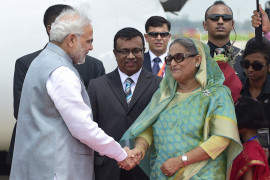



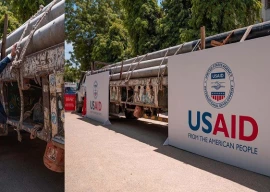

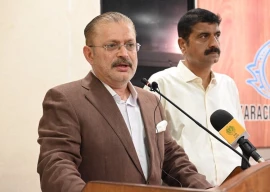
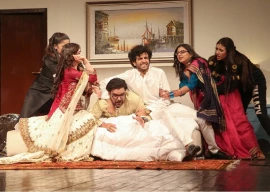
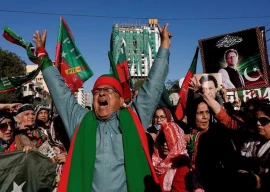


















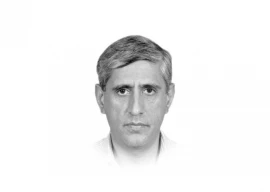

COMMENTS
Comments are moderated and generally will be posted if they are on-topic and not abusive.
For more information, please see our Comments FAQ